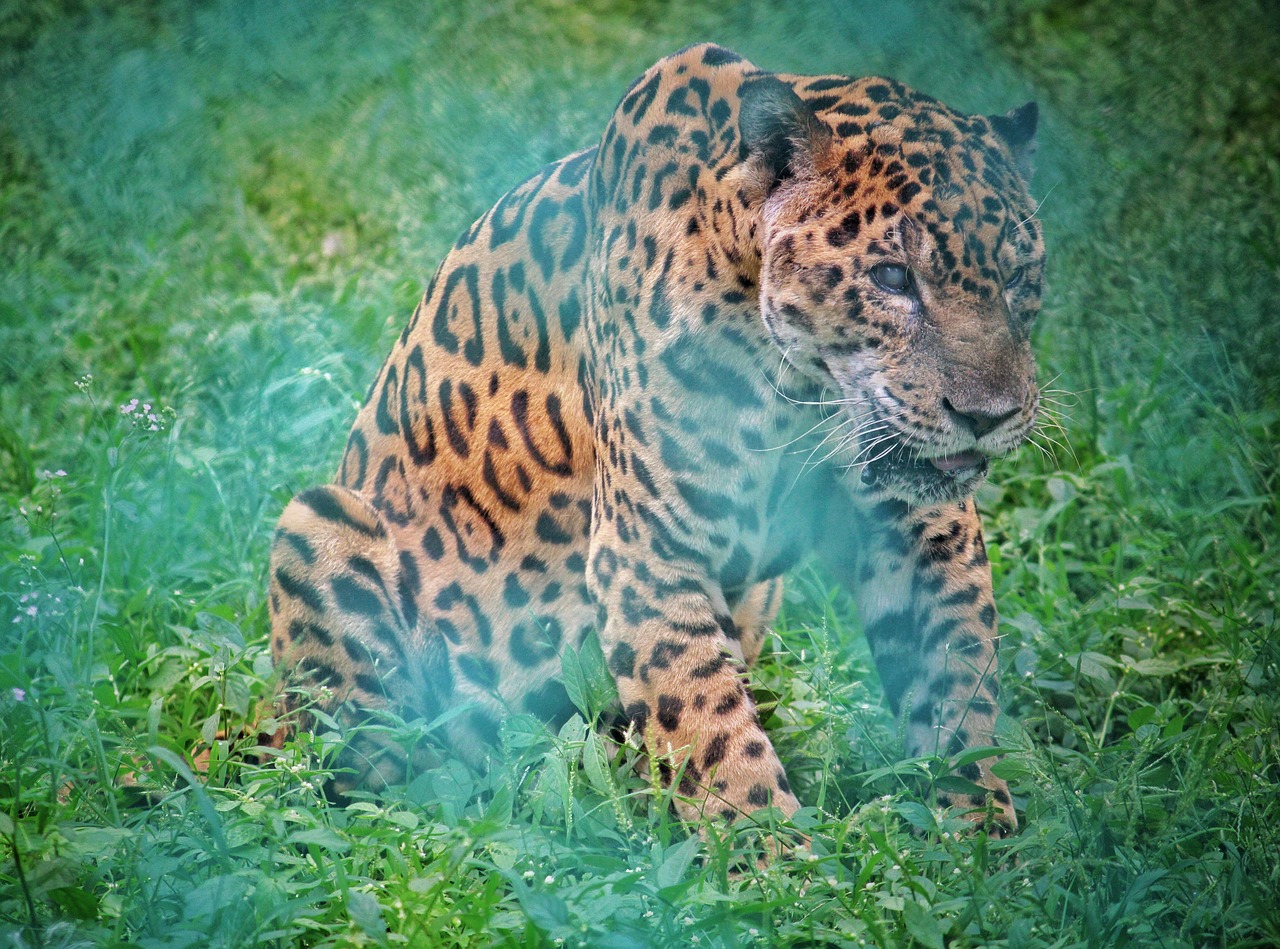The Role of Environmental Enrichment in Jaguar Rehabilitation
Environmental enrichment plays a pivotal role in the successful rehabilitation of jaguars, one of the most iconic big cats native to the Americas. As apex predators, jaguars possess complex behavioral, social, and physical needs that must be met for them to thrive, especially after experiencing trauma, habitat loss, or human interaction. This article delves into the significance of environmental enrichment in jaguar rehabilitation, exploring how it enhances their welfare, promotes natural behaviors, and ultimately facilitates their reintroduction into the wild.
Understanding Environmental Enrichment
Environmental enrichment refers to strategies that enhance the complexity and diversity of an animal’s environment. This is particularly crucial in captivity where animals may experience boredom, stress, or even depression due to the lack of stimuli. For jaguars, environmental enrichment can include changes in habitat design, provision of natural substrates, and the introduction of species-specific challenges that mimic their natural environment.
Importance of Naturalistic Habitats
Creating a habitat that closely resembles a jaguar’s natural environment is vital to their rehabilitation. Naturalistic enclosures provide jaguars with space to roam, climb, and engage in behaviors such as stalking or ambushing prey. Features like trees, rocks, pools, and other structural elements encourage exploration and play, which are essential for maintaining physical health and reducing stress.
For instance, vertical space is especially important for jaguars, who are adept climbers. Climbing structures allow them to exhibit natural behaviors, such as climbing to survey their territory or retreating to a high vantage point for comfort. By designing enclosures with elements that promote physical movement and mental engagement, rehabilitation programs can significantly enhance the well-being of rehabilitating jaguars.
Behavioral Enrichment Techniques
This aspect of environmental enrichment includes activities that stimulate cognitive functions and encourage natural behaviors. Providing tools for manipulation, such as dangling ropes or puzzle feeders that require problem-solving skills, can keep jaguars mentally stimulated. Toys designed to simulate prey, such as mechanical devices that move unpredictably, also offer opportunities for play and hunting practice.
Moreover, scent trails or scent-marking opportunities with materials like herbs, spices, or natural prey scents enable jaguars to engage their keen sense of smell—an essential aspect of their hunting strategy in the wild. These activities not only enrich the jaguar’s environment but also allow them to express natural instincts, thus supporting mental health and behavioral development.
Social Enrichment
While jaguars are primarily solitary animals, social interactions still play a crucial role in their rehabilitation, particularly if they have been raised or housed in captivity. Providing opportunities for socialization under controlled conditions can foster a sense of security and well-being. Social enrichment can include carefully monitored interactions with other jaguars or even trust-building exercises with human caretakers.
In cases where solitary jaguars are being introduced for breeding purposes or to enhance genetic diversity, guiding successful social interactions can be critical. Positive experiences during initial meetings can help alleviate stress and facilitate more natural pairing behaviors, which are vital during the mating process.
Nutritional Enrichment
Another key component of environmental enrichment is dietary variety. In the wild, jaguars are opportunistic feeders that consume a diverse diet, including deer, capybaras, and even caimans. In rehabilitation settings, replicating this dietary diversity is essential. Providing whole prey items or meat that requires chewing, tearing, and manipulation can simulate natural hunting behaviors and dietary needs. This not only ensures physical health but also encourages natural foraging behaviors that are crucial for a successful reintroduction to the wild.
Additionally, offering varied feeding times and techniques—such as hiding food within the enclosure or scattering it to encourage searching—can further promote engagement and activity. Such practices prevent boredom and ensure that the jaguars are physically active, which is vital for their muscle tone and overall health.
Psychological Well-Being
The psychological aspect of jaguar rehabilitation cannot be overlooked. Stress and anxiety from captivity can hamper animals’ ability to adjust to the wild. Environmental enrichment is instrumental in promoting positive emotions and reducing stress responses. Activities that allow jaguars to exhibit their natural hunting behaviors reduce the likelihood of stress-related behaviors, such as pacing or excessive grooming.
Research indicates that animals with access to enriched environments exhibit lower levels of cortisol, the stress hormone, and higher overall health indicators. Providing a stimulating and comfortable environment allows jaguars to build confidence, which is especially important when transitioning back to their natural habitat.
Monitoring and Evaluation of Enrichment
To effectively implement environmental enrichment strategies, continuous monitoring and evaluation are essential. Caregivers and wildlife professionals should closely observe the behaviors of rehabilitating jaguars to determine what enrichment activities are most effective. This ongoing assessment helps in adapting and modifying enrichment programs based on the individual needs of each jaguar, ensuring that they receive customized support as they progress through rehabilitation.
Data collection on behaviors, physical health indicators, and responses to various enrichment activities allows rehabilitation centers to refine their approaches, ensuring the highest possible levels of welfare for each jaguar in care. This adaptive management strategy is essential for understanding the impacts of environmental enrichment on rehabilitation success.
Conclusion
In summary, environmental enrichment is a fundamental aspect of jaguar rehabilitation that addresses their physical, psychological, and behavioral needs. By creating naturalistic habitats, providing opportunities for play and problem-solving, ensuring dietary variety, facilitating socialization, and rigorously monitoring progress, wildlife rehabilitation practitioners can significantly improve the chances of successfully reintegrating these majestic animals into their wild habitats. An enriched environment not only promotes individual well-being but also contributes to the conservation of jaguars and, ultimately, the ecosystems they inhabit.







